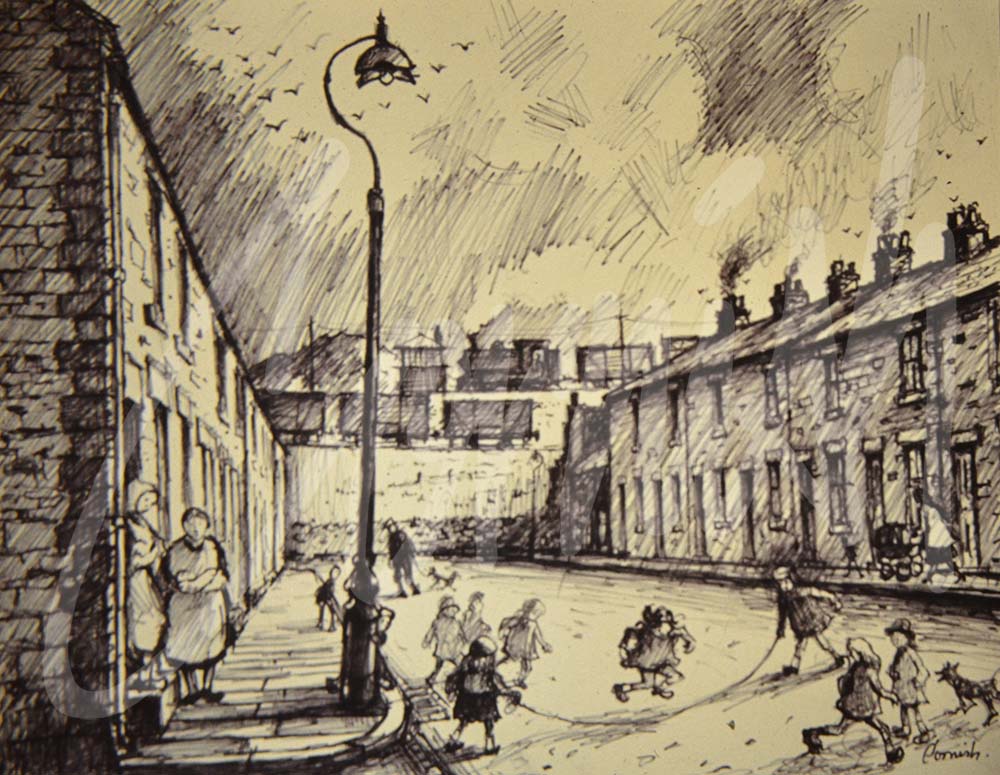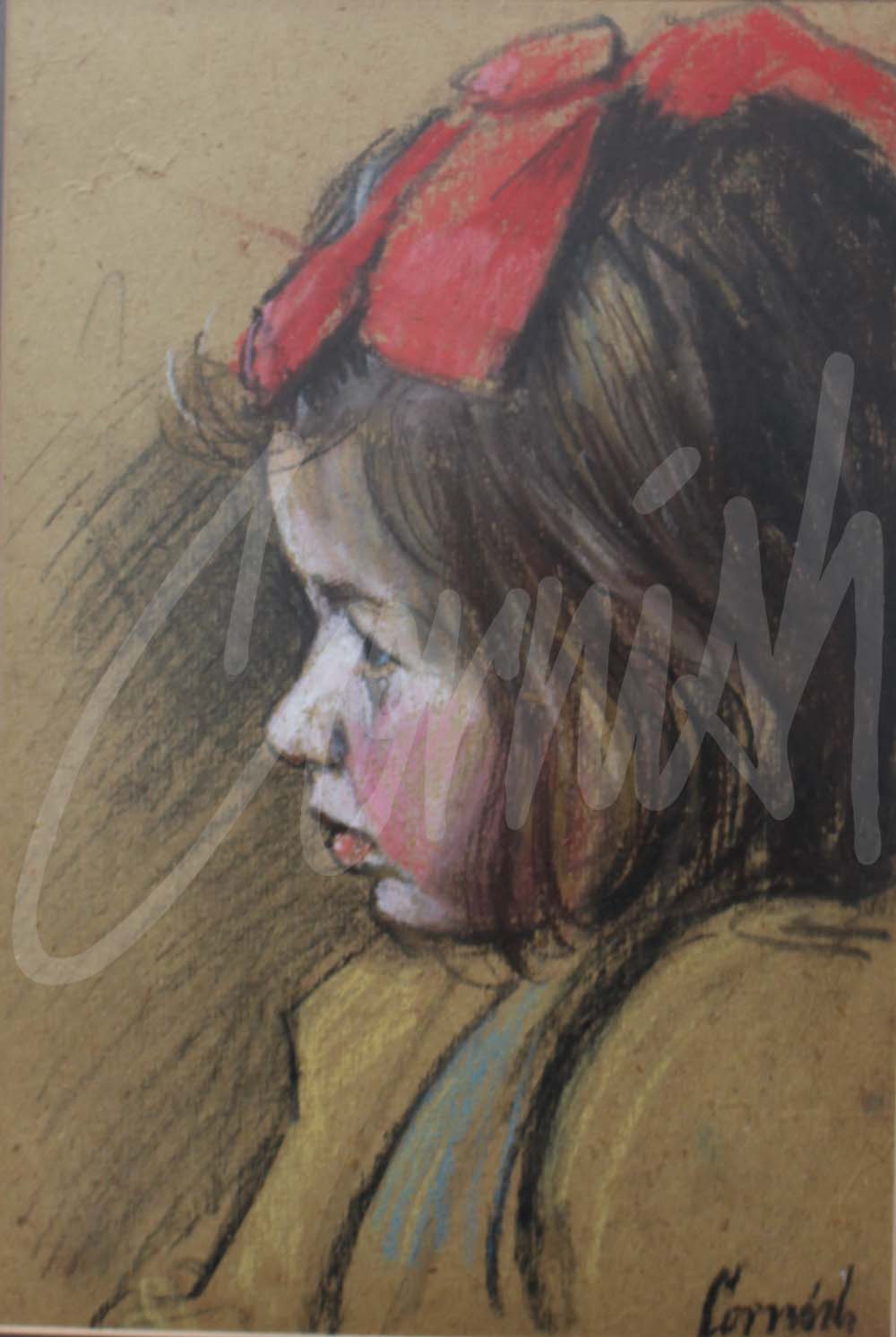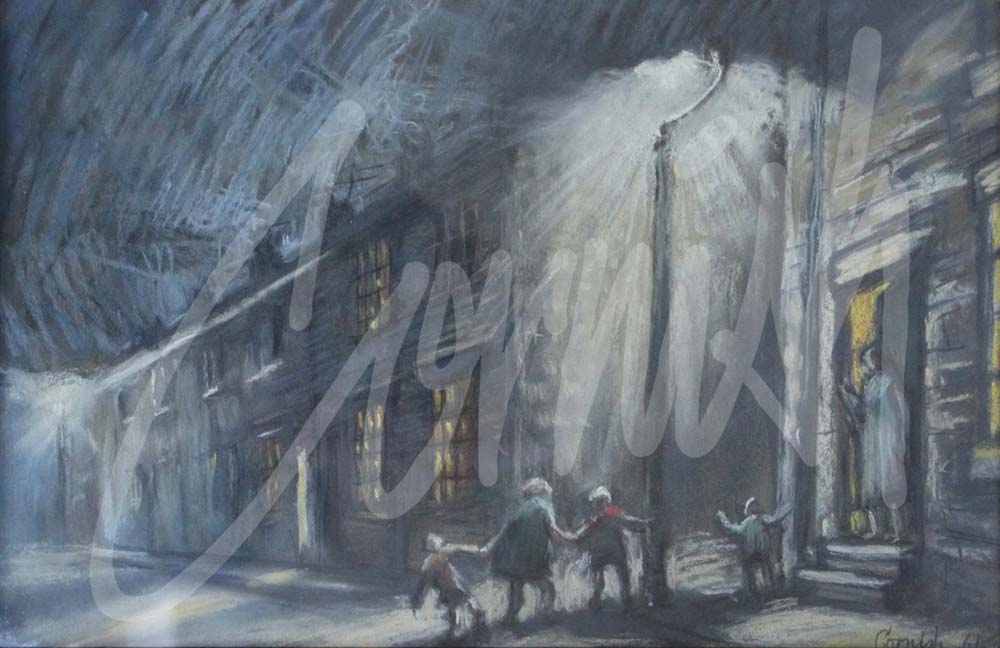
Latest News

Playing Out
Norman Cornish was born in Bishops Close Street in 1919 and lived there for many years until 1967, apart from a short period between getting married in 1946 and 1953 when he and Sarah ‘lived in’ with his maternal grandmother. The street consisted of blocks of ‘two up two down’ colliery houses with a railway line and steep embankment at the end of the street, nearby gasworks, a slag heap and the start of the pit road to Dean and Chapter Colliery.
For children growing up in Bishops Close Street the immediate environment by any standards would be declared unsuitable for habitation and potentially dangerous for ‘bairns’ and ‘grown ups’. John Cornish often commented that, ‘to the children it was like a large adventure playground,’ but not without hazards.
The safest place for children to ‘play out’ was the street, and not just in Bishops Close Street. With very few vehicles, some horse- drawn traders, and the ice-cream van on a Sunday. The streets became the playgrounds for ‘the bairns.’ For an artist advised early in his career to ‘paint the things around him’ the children ‘playing out’ at all times of the year was an obvious interesting subject.
A skipping rope became a magnet for activity. ‘All together girls’ would be played with a rope or sometimes a washing line. This would turn faster but risked hurting the back of the legs if the timing of the jumps wasn’t synchronised. Sometimes there would be a ‘turner’ at each end of the rope or one end could be tied to a lamp post. One mistake and it became your time to be the turner. For the more accomplished ‘Double Dutch’ with two turning ropes became the big challenge.
There were other games too; ‘Scissors, Paper, Stone’, ‘Two ball against a wall,’ Chucks and different games using a ball and tin can. Girls would do handstands and cart wheels with skirts tucked into knickers, and of course - marbles. The lamp posts became an early version of floodlights for the activities including football.
Little Sheila (as she was known) became the subject of a portrait. One day in 1961, Sheila was ‘playing out’ when Cornish asked her ‘if he could paint her portrait’. The picture was started as a rough sketch which became the finished work on the rear of a box of Cadbury’s chocolates. Sheila lived in Bishops Close Street and she concentrated by watching Andy Pandy on BBC children’s TV.





